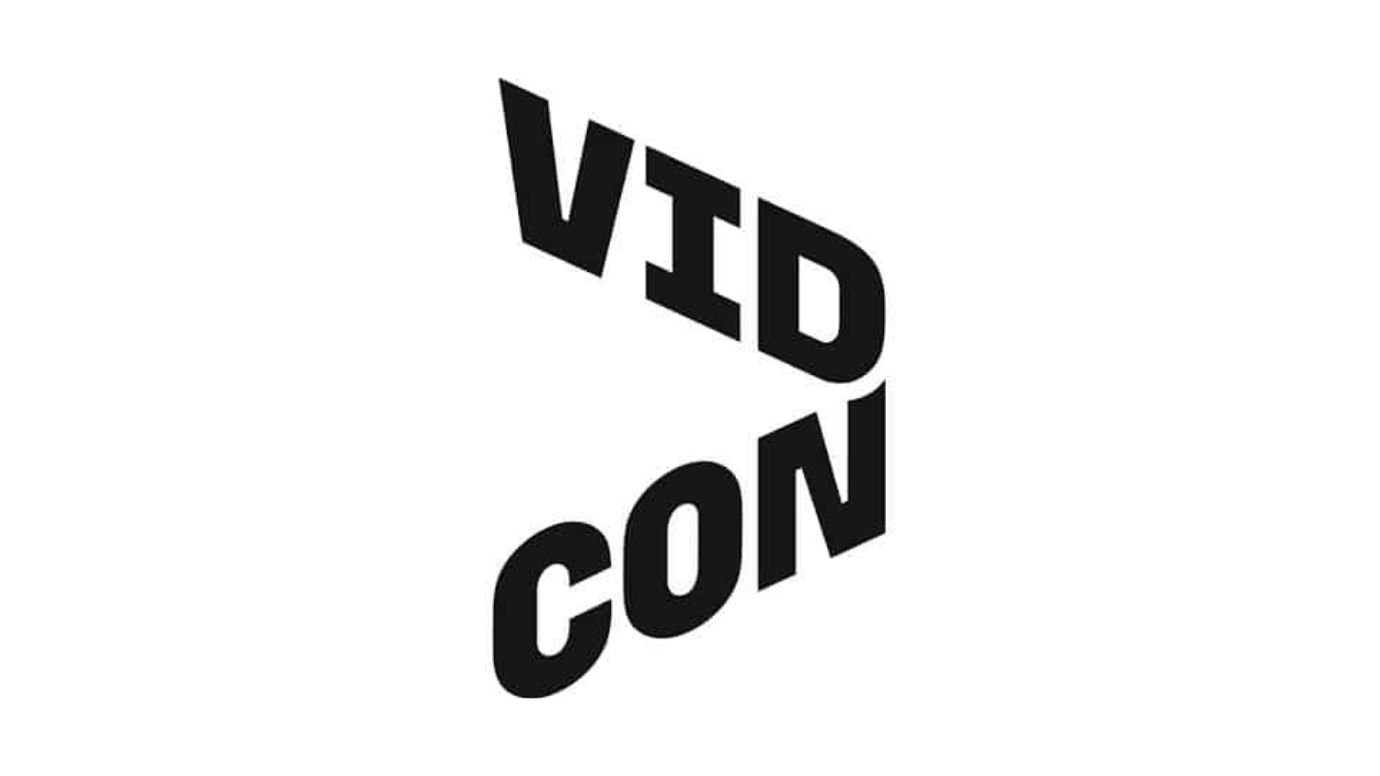Making money from being a content creator online is tricky. It’s an ultra-competitive industry that’s difficult to break into, so getting brand deals can be essential for ensuring that you’re able to earn money by doing what you love – producing high-quality videos!
When it comes to making money from a YouTube channel, there are a number of different things you can do. Most people know about YouTube monetization through ad revenue as a means to earn money from sharing content online, but the world of brand deals and sponsorships is less well understood.
In this article, we’ll unpack how YouTubers can secure brand deals to get more money for their hard work. If you’re looking to incorporate sponsored content into the growth strategies of your YouTube channels, keep reading to learn the best tips and tricks of the trade.
What Is Brand Sponsorship?
Before you start looking for brand deals or sponsorship opportunities, you’ll need to understand what brand sponsorship actually is!
In the context of YouTube, brand sponsorship is any video content that is created through sponsorship by or in partnership with a brand. The creator is basically paid by the brand in return for mentions and exposure to the creator’s audience. This can be seen by viewers as anything from a short mention or sponsored segment in the video, through to an entire video made under instruction from the brand.

Aside from the basic brand/product mentions you see all the time where a creator will mention a brand or product and explain what they do, other common examples of brand sponsorship include product tutorials, unboxings, and gameplay reveals. The function of this type of content is to build awareness for the brand by allowing them to tap into the creator’s subscriber base and to provide the creator with an additional source of revenue and ready-made, relatable video topics. Brand sponsorship is more effective when the brand and the creator align in terms of values. The two have to be relevant to one another if the content is going to resonate with either audience, although the content doesn’t always have to be 100% aligned as long as the brand and creator have a comparable audience.
Here are some additional points to further your understanding of brand sponsorship:
- It’s geared toward generating conversions and furthering the brand’s prominence – Beyond just looking for a direct conversion after viewers click the appropriate links, this type of content also seeks to simply increase awareness and get people talking about the brand.
- Uses storytelling – One of the main objectives of this type of content is to tell a story about the brand to the viewers. Human psychology tells us that narratives are the most effective way in which to connect with an audience emotionally, so it’s a good idea for brand-sponsored content to include a story element.
- It’s focused on the brand’s values, not so much on its products and services – While brand-sponsored content does often feature products or specific services offered by the brand in question, it does place a lot of emphasis on the brand’s more intangible qualities. Brand-sponsored content tends to reference the things that a company stands for, such as its mission and vision.
- Appeals to emotions – Using emotions to evoke the desired response is probably the oldest marketing technique in the book. Brand-sponsored content always seeks to connect with users on an emotional level, as opposed to using rational arguments about why their product is better than the other.
- Brand-sponsored content can be presented in multiple ways – Brand-sponsored content is generally very flexible and can be found in many different formats, such as videos, games, events, and podcasts. Of course, for YouTube, brand-sponsored content is in video format.
Advantages Of Brand Deals
Besides bumping up your YouTube earnings, sponsored videos and brand deals come with some other benefits. Let’s take a look at these in a bit more detail.
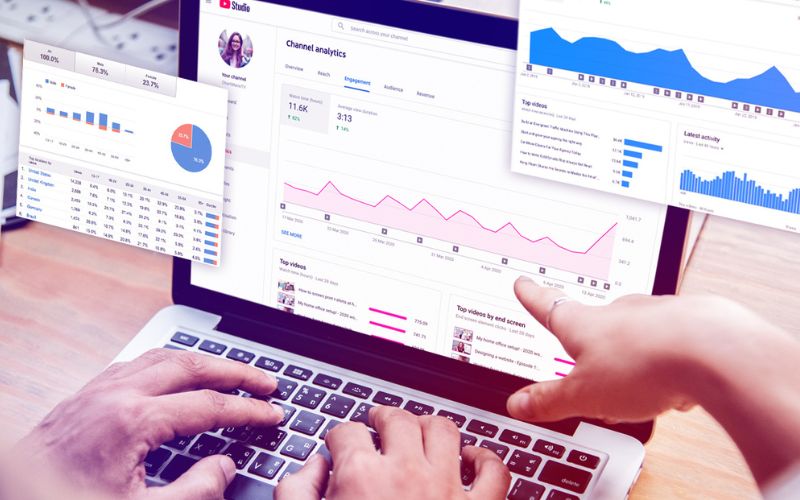
- Gain social media followers – if a brand re-shares your content on its own social media channels, you’re likely to gain a bunch of new followers as a result. This can be hugely beneficial in the long term, as those followers can become part of your regular audience and boost your view counts.
- Generates engagement – If the brand is especially well-known, any content that’s created in association with it will automatically generate engagement outside of your usual audience demographics. If you’re looking to branch out into a new target market, partnering with a brand that’s already a household name within that group is an effective way to reach them quicker.
- Can help promote traffic and leads – Despite primarily being associated with industry presence, an effective brand-sponsored campaign can drive a large amount of traffic to a website and introduce users to the conversion funnel.
Who Can Get A Brand Or Sponsorship Deal?
Regardless of the niche that they’re in, any creator can, in theory, land a brand deal. One of the main problems that many creators face when trying to get one, though, is trying to do so too early on in their careers.
Ultimately, companies only want to provide sponsorships when there is clear evidence of consistency and an engaged audience. They also need to see that you have a clearly defined niche and that your YouTube channel is relevant to their industry.
Creators also tend to wonder how many viewers they should average and what their subscriber count should be, but the answers to these questions vary according to the industry that a potential sponsor is in, what they’re looking for, and how other channels within your niche are performing.
This is why it’s extremely important to conduct extensive research and analyze your competition before seeking out sponsorship opportunities. Having a rough idea of the types of channels you’re up against or speaking to fellow creators about their experiences of working to secure sponsors are good places to start.
How Do Brand Deals Work?
Whether you’re referring to them as YouTube brand deals, YouTube sponsorships, paid YouTube advertorials, or otherwise…it’s important to have a good understanding of how they work before trying to secure one for your channel.
Brand deals work by creating value for both the brand and the creator – the brand pays the creator to make high-quality content on a specific topic and mention their product or service and, in return, is able to gain more customers from the creator’s fan base.
Brands will pay YouTubers after they integrate branded content into their YouTube video and share it with their audience. Generally, brands will want a creator with multiple channels to share the content from the channel with the most subscribers. For example, if you have a main channel with 100,000 subscribers and a secondary channel dedicated to vlogs or day-in-the-life videos with only 30,000 subscribers, there’s every chance that the brand will agree to sponsor your videos only if they are posted from the primary channel.
It’s important to nail your personal brand before partnering up with any companies or having product placements in your videos. You don’t want to risk losing viewers by appearing to be selling out or sacrificing your integrity for the sake of a sponsorship. Focus on brand deals that will enable you to keep creating content that resonates with your audience and stays true to who you are as a creator!
How Much Do YouTubers Get Paid For Brand Deals?
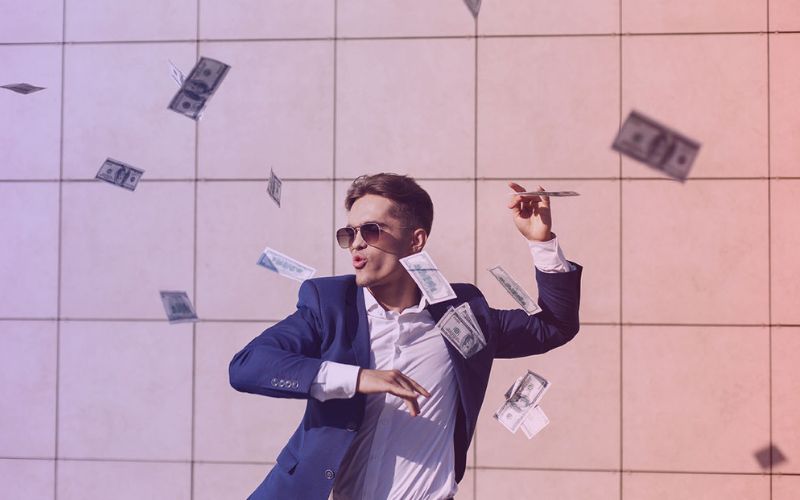
Brands tend to have very different criteria in terms of how much they’re willing to pay a YouTuber for branded content. Before sponsors pay YouTubers – or even sign deals with them – they may look at aspects such as whet
her your target audience aligns with theirs, your average video watch time, and the number of subscribers your YouTube channel has. Every situation is entirely unique, based on a bunch of different factors both to do with the brand and your channel. Therefore there are no hard and fast rules as to what you should be paid for a brand deal. That said, we’ve gathered what you could use as a rule of thumb, so you can go into brand deal negotiations more informed.
Although there are many factors a brand will look at, they’ll typically pay YouTubers according to channel size. According to the BBC, some of the most successful YouTubers tend to charge brands an average of $187,500 per sponsored video. To give you a broader perspective here’s an average pay scale according to average view counts:
- 50k – 100k average views you could get between $5k – $8k
- 100k – 300k average views you could get $9k – $15k
- 300k – 500k average views you could get $15k – $25k
If you’re unsure of how to charge for sponsored content, an easy method that most YouTubers use is estimating the number of views of a pending video and then charging brands $20 to $30 per thousand views. This means that whilst it is definitely possible to make good money by producing sponsored content, you will need to be able to draw sufficient view counts in order to start earning significant amounts.
How To Get A Brand Deal For A YouTube Channel
Whether you’re a small or relatively established channel, getting a YouTube sponsorship can be a bit difficult if you don’t know how to go about it. Here are some most important, tried and tested points that you can follow to better your chances of getting paid for branded content.
Improve your channel’s look

The look and feel of your channel can be so impactful in determining the success of your videos and how attractive your personal brand is to sponsors!
The last thing that you want is a potential sponsor coming across your channel only to find that it looks amateur or that there is an evident lack of effort put into it. This also involves including all of the necessary contact information, good thumbnails, and descriptions as well as ensuring that your videos are titled in a clean, consistent manner.
Optimize your content
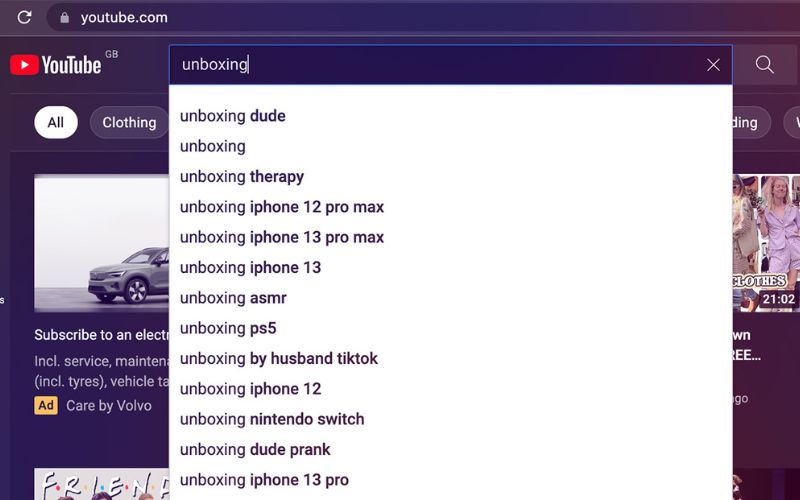
Even video content can undergo SEO optimization to ensure that even people beyond your niche can find it. Beyond just having optimal keywords and the video being of high quality, this could even imply ensuring that your video content is paired with the right music and that it has subtitles for accessibility.
Networking
Most growth happens through reaching out to fellow YouTubers and companies within your niche to build robust relations. Utilize the principles of influencer marketing to engage with these people and their content as this could lead to collaborations and referrals in the future.
To get started, create a list of between 50 and 100 potential sponsors (brands with whom you’d like to work), collect their contact information, and send them a personalized email explaining what it is you’re after. Be sure to include your social media handles and channel’s video portfolio to give the potential sponsors a flavor of the type of content they could be getting if they choose to partner with you.
Ultimately, as is often said within creative industries, it’s not what you know but who you know!
Sponsorship websites
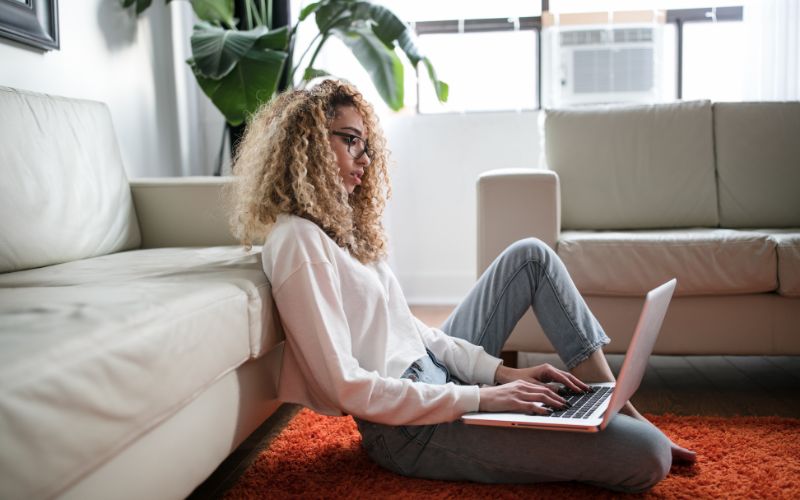
If reaching out to brands directly feels a bit too intimidating, you can always register your channel with a sponsorship website and get them to do the initial introductions for you!
Brand deals are big business these days, so there is a growing number of third-party companies whose entire objective is to help creators make money in the influencer economy. We’re talking about the teams at places like Artbrief, Scrunch, AIR Creators Ecosystem, Makrwatch, Grapevine Village, TapInfluence, Spacestation, and more.
One word of advice, though, is to read the fine print before setting your heart on working with any of the companies listed above. Some of them (Grapevine Village, for example) have certain prerequisites like subscriber counts that you’ll need to satisfy in order to be eligible for membership.
Apply for YouTube’s BrandConnect

YouTube knows that its creators want to strike up partnerships with brands, so provides its very own monetization service to help make it easier. YouTube BrandConnect does exactly what it says on the tin; it connects content creators with brands to facilitate the production of branded content that is both authentic and effective.
Formerly known as FameBit, BrandConnect works on behalf of both creators and brands. On the creator side, it helps to drive revenue by making brand partnerships more easily accessible through proactive matchmaking and conversation-starting. For the brands themselves, there are loads of ultra-valuable tools and insight reports made available via Google. Brands can measure the impact and ROI of any investment they make in influencer marketing to help them optimize strategies in the future.
Other Ways To Make Money On YouTube
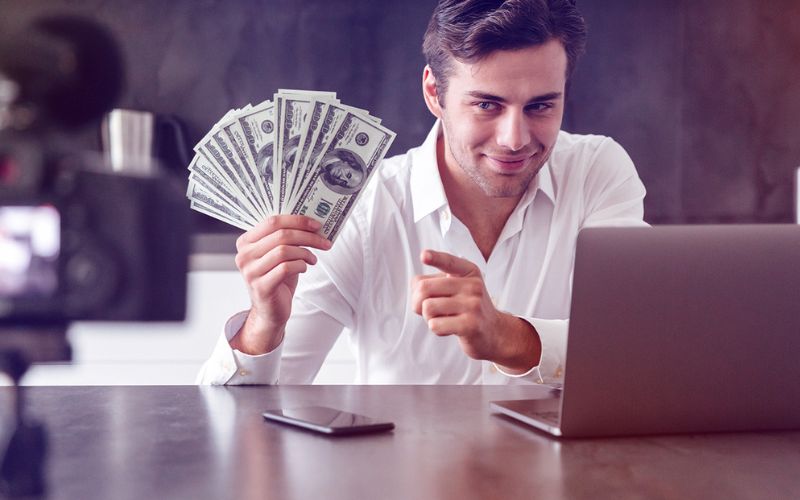
What many people don’t know is that there are plenty of ways in which a YouTube creator can make money on the platform without having a massive following or getting brand deals. Here are some alternative methods of making money on YouTube.
YouTube Partner Program (YPP)
Before you can start making money from YouTube Ads, you’ll need to register with the YouTube Partner Programme (YYP).
In order to be eligible for the program, (as of June 2023) you need a minimum of 500 subscribers and 3000 hours of channel watch time within the last year, so it does require some patience and effort on your part. As with any efforts to grow your channel and audience size, creating high-quality content is the best way in which to maximize the chances of people watching.
It’s also worth mentioning that you’ll need to set up an AdSense account to start making money from the adverts on your YouTube videos and that you can only make withdrawals when the balance in your account reaches $100.
Selling a product or service
As your audience begins to grow, so does their trust in you. This makes your YouTube channel the best platform to sell your own products and services, rather than that of another company. You effectively have nothing to lose by doing this, as it won’t cost you anything and you will be generating revenue from the sale of your product.
It’s generally best practice to avoid being overly pushy when it comes to selling on YouTube, though, as no one likes feeling like they’re being bombarded with sales pitches when they’re trying to enjoy watching something.
Affiliate marketing
An affiliate sponsorship is also a viable option in terms of making money on YouTube. Affiliate marketing is a good way to make money on YouTube as it’s a primarily passive form of income.
You simply have to create a memorable piece of content that explains how the product or service functions and refer people to the appropriate links, after which a company will pay you every time someone buys something from you.
Consulting
If you’re part of a very specific niche and creating video content around it, you could actually charge other prospective YouTube creators (or those interested in your niche) for consulting services.
The manner in which you go about doing this is very niche-specific; however, it can work if you do your research properly.
Now you know how YouTubers get brand deals, but what the hell is Lickd?
Welcome to the world’s first mainstream music library for creators. Yup, you read that right. Always thought you could never use mainstream, copyrighted music on YouTube? Think again. Times have changed and we’re in the midst of a revolution to make mainstream music accessible to all content creators. Say goodbye to fear of copyright claims and demonization. Say hello to Lizzo, Sam Smith, Bruno Mars, David Guetta and over 1 million copyrighted tunes that you can now legally use in your videos. Click the button below to get 2 weeks of free stock music and 25% off your first mainstream music license. Happy days!
FAQs
Who are the highest-paid YouTubers?
The YouTubers with the highest net worths, according to recent data (as of 2023), are as follows. Note that these figures are estimates, and the amount that each YouTuber makes per year is accrued from a range of different sources including brand sponsorships, their own merchandise ranges, TV deals and CPC advertisements.
- Jay Jeon – $460 million
- Jeffree Star – $200 million
- Ryan Kaji – $100 million
- MrBeast – $100 million
- Logan Paul – $45 million
- Tyler Blevins – $41 million
- PewDiePie – $40 million
- Markiplier – $36 million
- DanTDM – $35 million
- Jake Paul – $30 million
Does YouTube tax your earnings?
YouTubers do pay taxes on all revenue generated from their YouTube channels. This includes earnings from channel memberships, ad views, YouTube Premium, and Super Chat. How much YouTubers are taxed may also vary according to their location and the applicable tax laws in that country or territory.
In the US, YouTubers are taxed as they are considered by the IRS to be self-employed individuals. Make sure you research whether you need to submit your own tax returns if you are classed as being self-employed.
How much do YouTubers make from videos?
The average YouTube pay rate sits at around $0.01 and $0.03 for a single ad view. This means that YouTubers can make around $18 for 1000 ad views, which works out to between $3 and $5 per 1000 video views. This is not taking into account the tax that YouTube may take out on your final earnings.
Aside from this it really depends on how many other things you do to make money from your channel. The number and level of brand deals you do throughout the year means that 2 people with a similar size channel could be making vastly different amounts.
What is the average click-through rate for YouTube videos?
The majority of the channels and videos on YouTube have an impressions click-through rate that ranges between 2 and 10%. However, videos with fewer than 100 views can see an even wider range.
In the context of YouTube, click-through rate refers to how frequently viewers watch a video after seeing a registered impression on YouTube.
How do impressions relate to monetization?
If a video doesn’t align well with YouTube’s community guidelines and is not suitable for a broad audience, the number of impressions it gets can be limited. A limitation on impressions can result in few views, which, in turn, can lead to less revenue.
Additionally, if a video isn’t suitable for most advertisers or aligned with advertiser-friendly content guidelines, the video may get a limited amount of ads or no ads at all.

